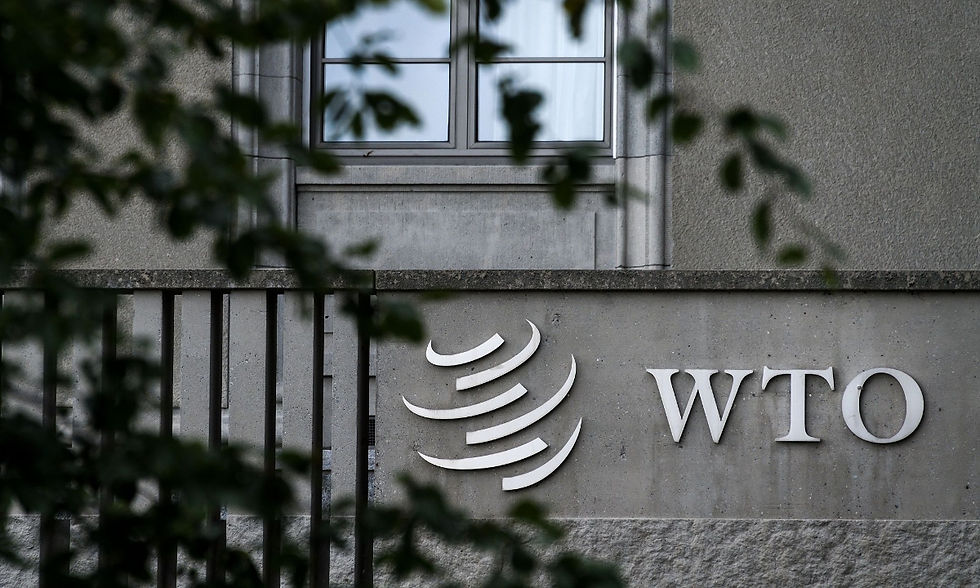Copyright or Design? SC’s Clarion Call in Cryogas v. Inox India
- M.R Mishra

- Apr 18
- 4 min read
Updated: Apr 18
On April 15, 2025, the Supreme Court of India delivered a landmark judgment in Cryogas Equipment Pvt. Ltd. & Anr. v. Inox India Ltd., dispelling a persistent uncertainty at the crossroads of the Copyright Act, 1957 and the Designs Act, 2000.
What's The Matter?
Inox India Ltd., a manufacturer of cryogenic storage tanks, accused Cryogas Equipment and LNG Express of infringing its copyright in proprietary engineering drawings and technical literary works used to design specialized semi-trailers.
The defendants argued these drawings were unregistered "designs" under the Designs Act, 2000, and thus lost copyright protection under Section 15(2) of the Copyright Act after being industrially reproduced over 50 times.
The Commercial Court dismissed Inox’s suit, but the Gujarat High Court reinstated it, prompting an appeal to the Supreme Court. The apex court ruled that the distinction between "artistic works" (protected by copyright) and "designs" (requiring registration) hinges on functionality and aesthetic appeal, necessitating a full trial.
It emphasized that summary dismissal under procedural rules was improper, directing lower courts to apply a two-step test to determine eligibility under each law.
The judgment underscores the critical need for businesses to register industrial designs and clarifies India’s approach to overlapping IP protections.
What Happened in Court?
At the heart of the dispute lay the question whether engineering drawings and technical schematics often dubbed “artistic works” under the Copyright Act should instead be treated as “designs” when industrially applied,
thereby losing their copyright shield unless registered. Inox India, a leading manufacturer of cryogenic storage tanks, asserted that Cryogas Equipment and its associate had pirated its proprietary drawings and accompanying technical descriptions.
The defendants answered that those very drawings were unregistered industrial designs and, having been mass-produced beyond fifty units, had relinquished any copyright protection under Section 15(2) of the Copyright Act.
The procedural odyssey began with Inox’s suit in the Commercial Court, which summarily dismissed the claim under Order VII Rule 11 of the CPC, accepting the defendants’ plea that no cause of action survived when the works at issue were mere “designs.”
A swift reversal by the Gujarat High Court restored the suit, prompting Inox to approach the Supreme Court. In its unanimous decision, the apex court affirmed that questions of statutory overlap and functional versus artistic character could not be resolved on a paper threshold; rather, they warranted a full trial on the facts.
The Court held that a drawing’s aesthetic qualities and functional purposes must be weighed in context, and that the mere industrial application of an unregistered design does not ipso facto trigger the Section 15(2) bar if the work retains its character as an “artistic work.”
In framing its analysis, the Court undertook a meticulous reading of the statutory schemes. It noted that the Copyright Act’s definition of “artistic work” under Section 2(c) encompasses drawings, maps and models “irrespective of artistic quality,” whereas the Designs Act’s mandate under Section 2(d) is confined to features “appealing to the eye,” such as shape, configuration or ornamentation.
Section 15(2) of the Copyright Act expressly states that copyright in an unregistered design ceases once it is applied industrially more than fifty times unless, the Court cautioned, the work transcends mere utilitarian configuration and embodies the originality characteristic of artistic expression.
Drawing on precedents, the Court revisited Microfibres Inc. v. Girdhar (2009), which had laid down that mass-produced industrial models lose copyright protection if left unregistered, and compared this with the U.S. “conceptual separability” doctrine from Star Athletics v. Varsity Brands, which separates expressive elements from purely functional aspects.
Observing that the TRIPS Agreement endorses a balanced approach excluding strictly functional details from copyright yet safeguarding genuine creative expression the Court fashioned a two‑pronged test: first, to ascertain whether a contested work is covered by the Copyright Act as an “artistic work,” and second, if not, to apply a “functional utility” filter to determine its status under the Designs Act.

The TRIPS Agreement
The Agreement on Trade-Related Aspects of Intellectual Property Rights (TRIPS), established in 1995 under the World Trade Organization (WTO), sets global standards for intellectual property (IP) protection to prevent IP barriers in international trade.
It mandates minimum protections for patents, copyrights, trademarks, industrial designs, and trade secrets, requiring member countries to enforce these rights. TRIPS obligates patents for inventions in all technological fields but includes flexibilities,
notably the 2001 Doha Declaration, which prioritizes public health by permitting compulsory licensing of life-saving medicines. While TRIPS aims to harmonize IP laws, critics argue it disproportionately benefits developed nations, creating challenges for developing countries in balancing IP enforcement with access to essential technologies and healthcare.
The case returns to the Commercial Court for trial, where Inox’s claims will be assessed through a fact-specific lens. The Supreme Court’s ruling harmonizes India’s IP laws, prioritizing contextual clarity and fairness.
It cautions that the line between industrial utility and artistic creativity demands meticulous scrutiny, rejecting summary dismissals of rights.
Ultimately, the judgment reinforces that rigorous registration practices and strategic legal foresight are indispensable for robust IP protection in India’s innovation-driven future.






Comments